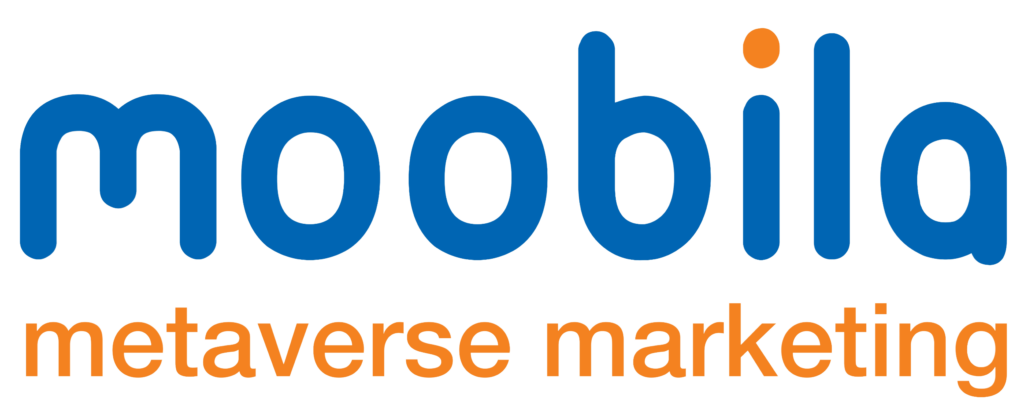Marketing strategy is crucial in today’s digital orientation, especially for a small enterprise to make its mark and survive in the market. A comprehensive digital marketing strategy is one of the most effective methods of increasing the audience and retaining and selling to customers. Here’s a complete guide to creating an efficient digital marketing plan that fits small businesses.
1. Set Clear Goals and Objectives
It’s important to set goals and objectives before delving into the details of your online marketing campaign. These goals will help you direct your marketing and determine its performance.
- SMART Goals: Specific goals must be set – goals that can be Measured, Achieved, Relevant, and have a Timeline. For instance, location, instead of such goals as ‘double sales,’ states ‘double the sales within the next three months.
- Identify Key Performance Indicators (KPIs): Find out which measures will be useful to measure the achievement of goals. They use generic KPIs such as website hits & conversion, social media likes and shares, email open rates, etc.
2. Understand Your Target Audience
Identifying your audience is critical in any marketing process. This will help you understand what message will effectively reach them.
- Create Buyer Personas: Prepare clear descriptions of your target audience based on your market analysis and customer information. Some are age, sex, geographical location, hobbies, and purchasing behavior.
- Conduct Surveys and Interviews: Conduct a survey with your customers as this would help you learn from them what they want or perhaps what they consider uncomfortable in their interaction with your firm.
3. Analyze Your Competition
The competitive analysis is the best way to determine which opportunities and threats prevail within your market.
- Identify Competitors: Provide a list of your key competitors and evaluate the overall impression of your competitors’ websites and other web-based media platforms and consumers’ ratings.
- Assess Their Strategies: Briefly look at what successful digital marketing methods and techniques they employ; search engine optimization, content creation, social media, and so on, and see where you can best fill a void.
4. Choose the Right Digital Marketing Channels
Since there are so many digital marketing platforms out there, choosing those that could fit your specific business venture most appropriately is one of the core activities any business would require.
- Search Engine Optimization (SEO): SEO is also used when enhancing the visibility of the web page in organic search engine result pages. Keyword research, on-page search engine optimization, and link building should be the prime goal.
- Content Marketing: Provide useful information that customers require to solve their problems. This could be an informational post, an infographic, a video, or an audio post such as a podcast.
- Social Media Marketing: Pin your interest areas on the networks most frequented by your target market, whether it is Facebook, Instagram, LinkedIn, or Twitter, and set a regular posting timetable to interact with your fans.
- Email Marketing: Form an email list to market to leads and offer them value so they can be directed to become conversions.
- Pay-Per-Click (PPC) Advertising: PPC campaigns with Google Ads or social network promotions can effectively direct traffic to the site.
5. Develop a Content Strategy
Whatever strategy is in place for the digital marketing process, it is always underpinned by content. A content plan guarantees that you always give your audience relevant data once the themes have been determined.
- Content Calendar: You should plan the content released at what time and on what social media platform. It also helps with easy organization and ensures consistency within the team.
- Diversify Content Types: Choose between and combine different formats, like articles, videos, infographics, and podcasts, to address the preferences of different consumers.
- Focus on Quality Over Quantity: Avoid the temptation to produce high amounts of low-quality articles; instead, aim to publish quality articles that target consumers and will appreciate them.
6. Implement Tracking and Analytics
You have to know how your digital marketing campaigns are performing so that you can know whether a specific tactic is profitable or not.
- Use Analytics Tools: Google Analytics analyzes visitor traffic, their actions, the website’s conversion rate, and much more.
- Regular Reporting: For now, it is reasonable to set up time intervals within the scope of regular performance checks according to determined key performance indicators: monthly or quarterly. The identified strategies will be flexible depending on the data collected.
7. Optimize Your Website
Your website is the core of your digital marketing strategy—so it must be UX and conversion-focused.
- Responsive Design: Make sure your website is as accessible on a mobile device as it is on a notebook computer.
- Fast Loading Times: Properly sizing images and avoiding taking up too much space so that they take a long time to load are critically important for both the overall experience and optimal SEO performance.
- Clear Calls-to-Action (CTAs): Include clear call to actions all over your site to help the visitors navigate in a particular manner such as subscribing to newsletters or making purchases.
8. Foster Engagement with Your Audience
This means that a long-term strategy for digital marketing involves developing a strong customer bond.
- Engage on Social Media: It must respond quickly to the comments and messages posted on the social media pages. Rally people up for a discussion by posing questions or making polls.
- Personalization: Address customers according to the data you gather during communication—this will raise participation rates to the utmost degree.
- Customer Feedback: You should create feedback using questionnaires or feedback forms; apart from helping to offer better services, it makes the customers feel valued.
9. Stay Updated with Trends
The digital marketing landscape is constantly evolving; staying informed about the latest trends can give you a competitive edge.
- Follow Industry Blogs: Subscribe to reputable digital marketing blogs or newsletters that provide insights into new tools, techniques, and best practices.
- Attend Webinars and Conferences: Participate in industry events (virtual or in-person) to network with other professionals and learn from experts in the field.
10. Allocate Budget Wisely
Budgeting effectively is crucial for maximizing the impact of your digital marketing strategy.
- Determine Your Budget: Assess how much you can allocate towards different channels based on past performance or industry benchmarks.
- Test Campaigns: Consider starting with smaller budgets for new campaigns or channels; analyze performance before scaling up investment.
Summing it Up
Building a successful digital marketing strategy for small businesses requires careful planning, execution, and ongoing optimization. By setting clear goals, understanding your audience, leveraging multiple channels, creating valuable content, tracking performance metrics, fostering engagement, staying updated with trends, and budgeting wisely, you can create a robust framework that drives growth and success in the digital landscape.
If you’re ready to take your small business’s digital marketing efforts to the next level but need guidance, consider partnering with experts like Moobila. Our team is dedicated to helping businesses thrive digitally by crafting tailored strategies that resonate with audiences while maximizing ROI. Reach out today to start building your path toward digital success!



